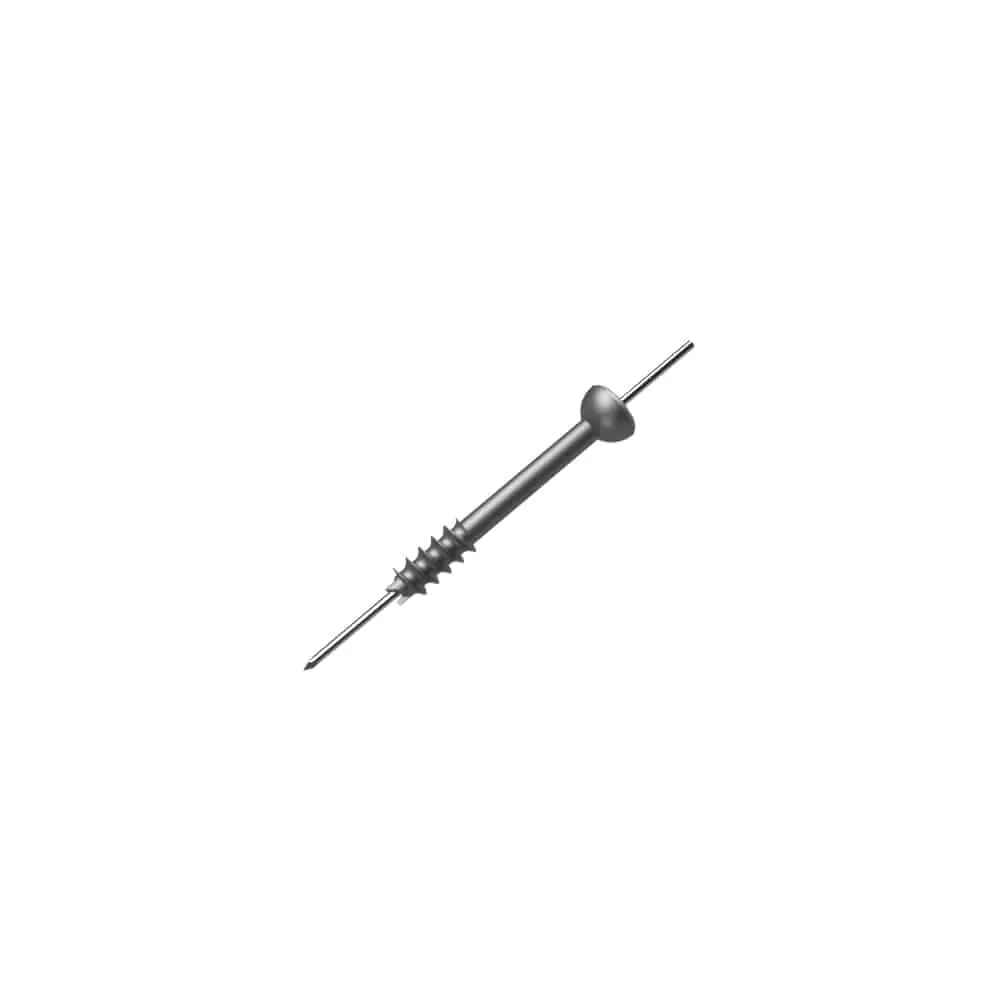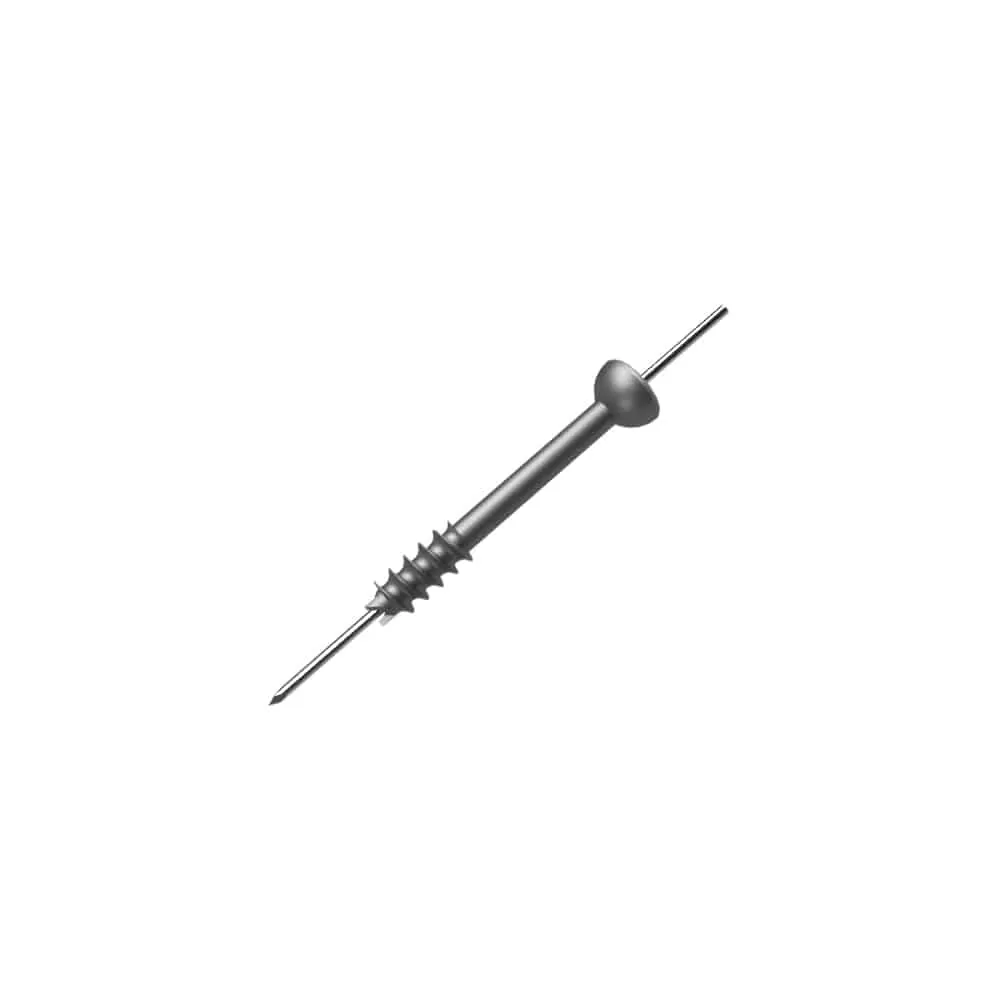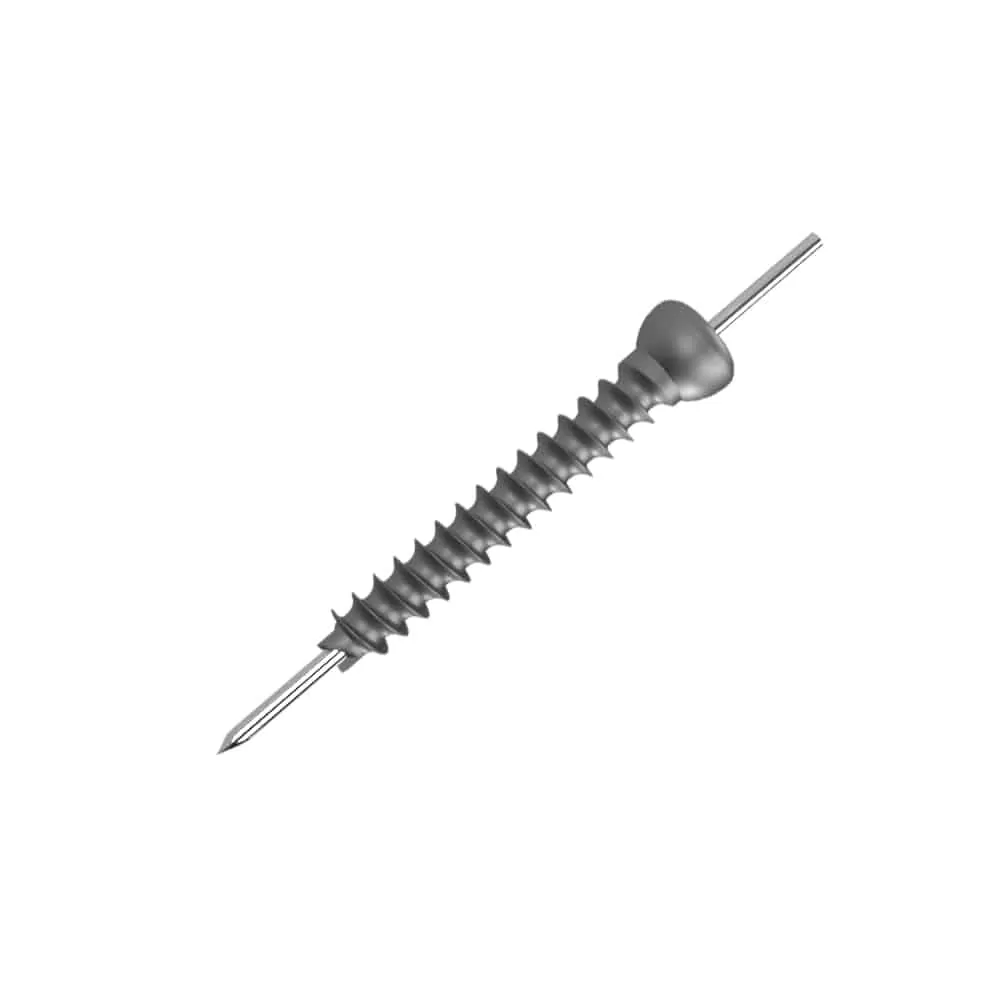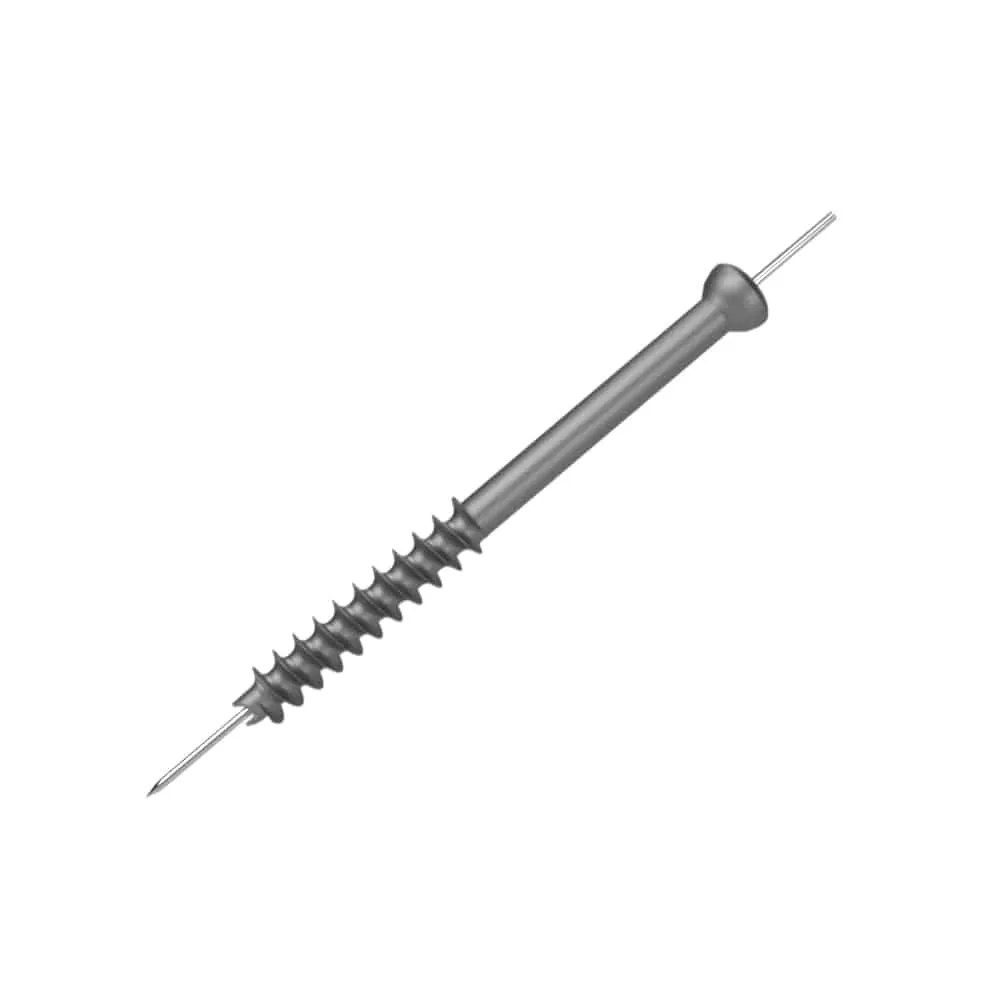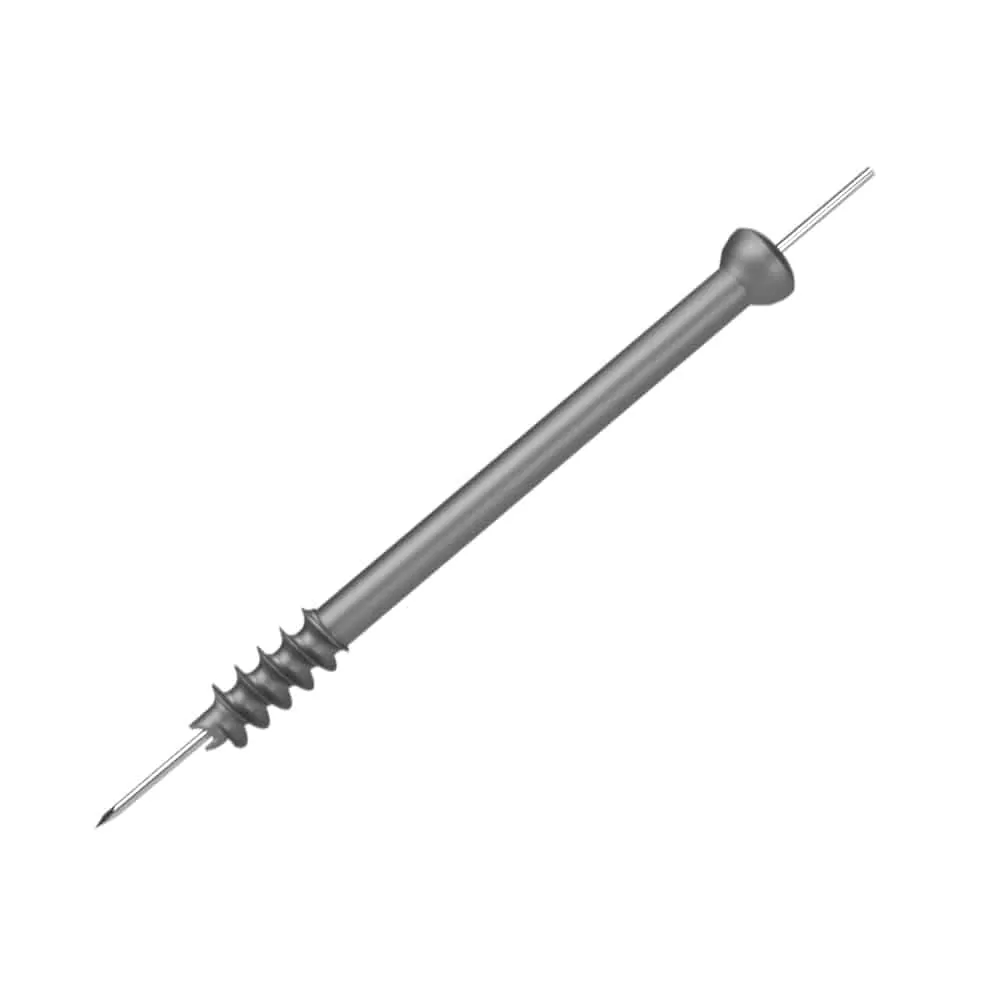Cannulated Screws
Cannulated screws are orthopedic implants used in the surgical treatment of bone fractures, particularly in cases where compression and stability are required. They are called “cannulated” because they have a hollow central core or channel.
Cannulated screws are typically made of stainless steel or titanium. They have a threaded design, allowing them to be inserted into bone fragments to hold them together. The hollow core of the screw allows a guide wire or a Kirschner wire (K-wire) to be inserted through it, aiding in precise placement during the surgical procedure.
The main advantage of cannulated screws is that they enable a technique called “closed reduction and internal fixation.” This technique involves making small incisions near the fracture site and using the hollow core of the cannulated screws as a guide for the insertion of the screws over the guide wire. The guide wire helps guide the placement of the screw accurately, ensuring proper alignment and compression of the fractured bone fragments.
The hollow core of cannulated screws also allows for potential removal through the same guide wire pathway, if needed, in the future. This can be beneficial for certain cases where hardware removal may be necessary once the fracture has healed.
Cannulated screws are commonly used in various orthopedic procedures, including the treatment of fractures in long bones like the femur, tibia, and humerus. They provide stability, compression, and fixation, aiding in the healing process and restoration of bone strength.
The specific use of cannulated screws will depend on the fracture type, location, and other factors specific to the patient’s condition. The decision to use cannulated screws and the surgical technique will be determined by the orthopedic surgeon based on the individual case.

